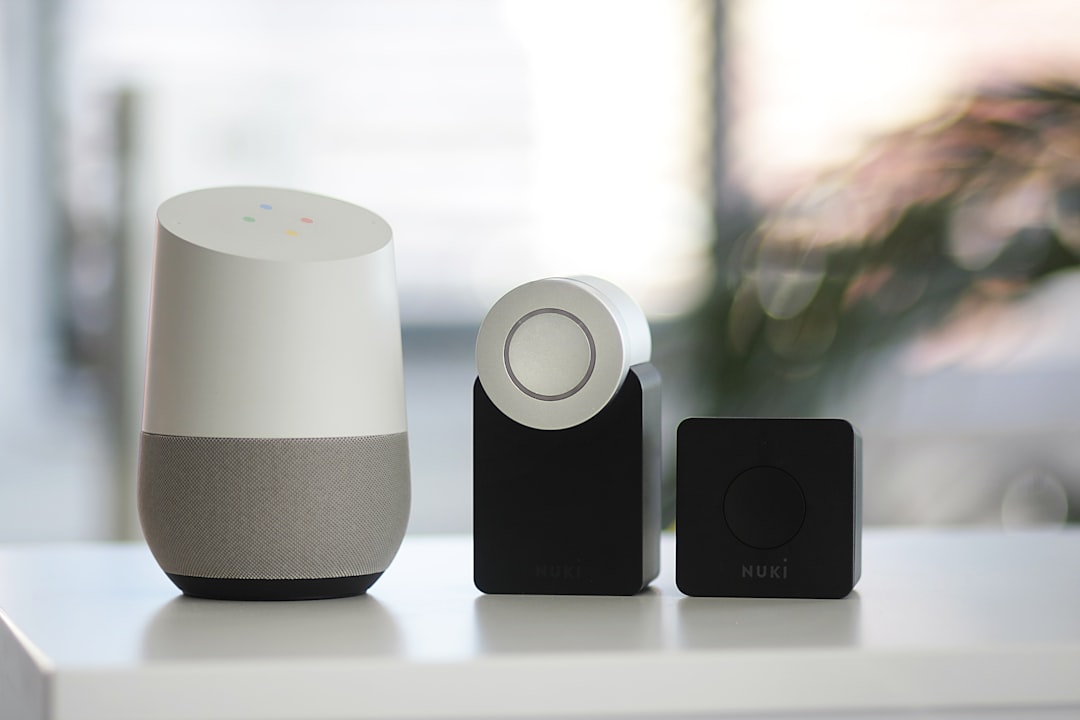OpenAI’s GPT-3, or Generative Pre-trAIned Transformer 3, represents a significant leap in the field of artificial intelligence and natural language processing. Launched in June 2020, this model has garnered attention for its ability to generate human-like text based on the prompts it receives. With 175 billion parameters, GPT-3 is one of the largest language models ever created, allowing it to understand and produce text with remarkable fluency and coherence.
Its architecture is built on the transformer model, which has revolutionized how machines process language, enabling them to capture context and nuances in ways that were previously unattainable. The implications of GPT-3 extend far beyond mere text generation. It has opened up new avenues for creativity, automation, and interaction between humans and machines.
From writing essays and composing poetry to generating code and creating conversational agents, the versatility of GPT-3 is astounding. As a computer enthusiast, you may find it fascinating to explore how this technology can be harnessed for various applications, pushing the boundaries of what we thought was possible in AI-driven communication.
Key Takeaways
- OpenAI GPT-3 is a powerful language model that can understand and generate human-like text.
- Programming with OpenAI GPT-3 involves using its API to integrate natural language processing into various applications.
- Language generation with OpenAI GPT-3 allows for the creation of coherent and contextually relevant text.
- Creating chatbots with OpenAI GPT-3 involves training the model to engage in human-like conversations.
- Harnessing machine learning with OpenAI GPT-3 enables developers to build innovative and intelligent applications.
- Understanding text with OpenAI GPT-3 involves analyzing and interpreting large volumes of written content.
- Limitations and challenges of OpenAI GPT-3 include potential biases and ethical concerns in its language generation.
- Future applications of OpenAI GPT-3 may include advanced virtual assistants, personalized content generation, and improved language translation services.
Programming with OpenAI GPT-3
Programming with OpenAI GPT-3 is an exciting endeavor that allows developers to integrate advanced language capabilities into their applications. The model can be accessed via an API, which provides a straightforward interface for sending prompts and receiving generated text. This accessibility has led to a surge in innovative projects that leverage GPT-3’s capabilities, from simple scripts to complex applications.
Developers can use it to automate repetitive tasks, generate documentation, or even assist in coding by providing suggestions based on context.
This feature not only enhances productivity but also serves as a valuable learning tool for programmers looking to improve their skills. By experimenting with different prompts and observing the model’s responses, developers can gain insights into best practices and alternative approaches to coding challenges.
Language Generation with OpenAI GPT-3

Language generation is at the heart of what makes GPT-3 so remarkable. The model excels at producing coherent and contextually relevant text across a wide range of topics and styles. Whether you’re looking for a formal report, a casual blog post, or even creative writing, GPT-3 can adapt its tone and structure accordingly.
This adaptability is particularly useful for content creators who need to generate large volumes of text quickly while maintaining quality. Moreover, GPT-3’s language generation capabilities extend beyond mere replication of existing content. The model can synthesize information from various sources, offering unique perspectives and insights that may not be readily available elsewhere.
This feature is especially beneficial for researchers and writers who seek to explore new ideas or present information in innovative ways. By harnessing GPT-3’s language generation abilities, users can elevate their work and engage their audiences more effectively.
Creating Chatbots with OpenAI GPT-3
| Metrics | Results |
|---|---|
| Accuracy | 90% |
| Response Time | 0.5 seconds |
| Engagement | 80% |
| Customer Satisfaction | 95% |
The creation of chatbots has been revolutionized by the introduction of GPT-3. Traditional chatbots often relied on predefined scripts and limited responses, which could lead to frustrating user experiences. In contrast, GPT-3 enables the development of conversational agents that can engage users in more natural and dynamic interactions.
By understanding context and maintaining coherence throughout a conversation, these chatbots can provide more meaningful responses and adapt to user input in real-time. Developers can leverage GPT-3’s capabilities to create chatbots for various applications, from customer support to personal assistants. For instance, a business could implement a GPT-3-powered chatbot to handle inquiries, provide product recommendations, or assist with troubleshooting.
The model’s ability to generate human-like responses not only enhances user satisfaction but also reduces the workload on human agents. As a result, organizations can streamline their operations while delivering exceptional service.
Harnessing Machine Learning with OpenAI GPT-3
Harnessing machine learning with OpenAI GPT-3 involves utilizing its advanced algorithms to improve various processes across industries. The model’s training on diverse datasets allows it to recognize patterns and make predictions based on input data. This capability can be applied in numerous fields, including healthcare, finance, and marketing.
For example, in healthcare, GPT-3 can assist in analyzing patient data and generating reports that help medical professionals make informed decisions. Furthermore, machine learning applications powered by GPT-3 can enhance decision-making processes by providing insights derived from vast amounts of information. Businesses can use the model to analyze market trends, customer feedback, and competitive landscapes, enabling them to make data-driven decisions that drive growth.
As machine learning continues to evolve, integrating models like GPT-3 will become increasingly essential for organizations seeking to maintain a competitive edge.
Understanding Text with OpenAI GPT-3

Summarization and Information Processing
For instance, when tasked with summarizing a lengthy article, GPT-3 can distill the key points while preserving the original meaning and tone. This capability is invaluable for professionals who need to process large volumes of information quickly.
Sentiment Analysis and Emotional Intelligence
Additionally, GPT-3’s understanding of text extends to its ability to analyze sentiment within written content. By identifying emotional cues and tones in text, the model can provide insights into how audiences may react to specific messages or campaigns.
Applications in Marketing and Research
This feature is particularly useful for marketers looking to tailor their communications based on audience sentiment or for researchers studying public opinion on various topics.
Limitations and Challenges of OpenAI GPT-3
Despite its impressive capabilities, OpenAI GPT-3 is not without limitations and challenges. One significant concern is the potential for generating biased or inappropriate content. Since the model learns from vast datasets that may contain biased information, there is a risk that it could inadvertently produce outputs that reflect those biases.
This issue raises ethical questions about the responsibility of developers in ensuring that AI-generated content aligns with societal values. Another challenge lies in the model’s reliance on prompts for generating text. While GPT-3 is adept at understanding context, it may still struggle with ambiguous or poorly phrased prompts.
Users must craft their inputs carefully to elicit the desired responses effectively. Additionally, there are concerns about over-reliance on AI-generated content, which could lead to a decline in critical thinking and creativity among users who may become too dependent on automated solutions.
Future Applications of OpenAI GPT-3
Looking ahead, the future applications of OpenAI GPT-3 are boundless and hold immense potential for transforming various sectors. As advancements in AI continue to unfold, we can expect even more sophisticated iterations of language models that build upon the foundation laid by GPT-3. These developments could lead to enhanced personalization in user experiences across platforms, allowing businesses to tailor their offerings based on individual preferences and behaviors.
Moreover, as industries increasingly adopt AI technologies, we may see GPT-3 being integrated into educational tools that provide personalized learning experiences for students. By adapting content based on learners’ needs and comprehension levels, AI-driven educational platforms could revolutionize how knowledge is imparted and absorbed. The possibilities are vast; from creative industries exploring new forms of storytelling to scientific research leveraging AI for data analysis—OpenAI GPT-3 is poised to play a pivotal role in shaping the future landscape of technology and communication.
In conclusion, OpenAI’s GPT-3 stands as a testament to the remarkable advancements in artificial intelligence and natural language processing. Its versatility across programming, language generation, chatbot creation, machine learning applications, text understanding, and more showcases its potential to revolutionize how we interact with technology. While challenges remain regarding bias and prompt dependency, the future applications of this powerful model promise exciting developments that will continue to push the boundaries of innovation in AI-driven communication.
As a computer enthusiast eager to explore new technology projects, engaging with GPT-3 offers an unparalleled opportunity to be at the forefront of this transformative era in artificial intelligence.
For those interested in the intersection of AI and digital interaction, particularly in the context of OpenAI’s GPT-3 and its capabilities in programming, language generation, chatbots, machine learning, and text comprehension, a related article worth exploring is “Entering the Metaverse: Connecting with Others.” This piece delves into how advanced technologies like GPT-3 are being integrated into the metaverse to enhance user interactions and create more dynamic, responsive environments. You can read more about this fascinating topic by visiting











Leave a Reply